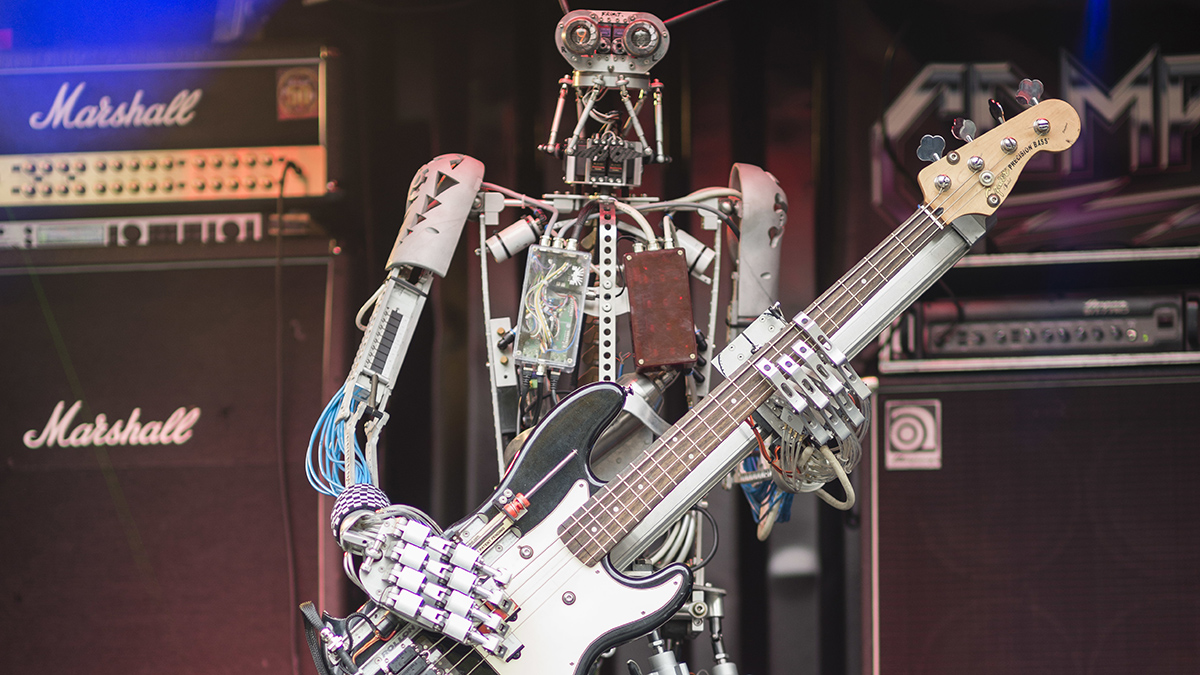Bad news for bassists? Sony researchers have created an AI bassline generator that responds to the “style and tonality” of the music you feed it
It sounds like drummers, pianists, guitarists and string players shouldn't get too comfortable, either...

We’ve seen plenty of AI models that are capable of creating complete musical arrangements, but now a team of researchers at Sony Computer Science Laboratories (CSL) has concocted one that focuses on just one element of a mix: the bass.
Working at CSL, Marco Pasini and his colleagues Stefan Lattner and Maarten Grachten have come up with a Diffusion model that can generate realistic and effective bass accompaniments that match the style and tone of existing pieces of music.
"At Sony CSL, we aim to assist music artists and producers in their workflow by providing AI-powered tools,” Lattner told Tech Xplore. “However, we have noticed that the most common approach of AI tools generating complete musical pieces from scratch (often controlled only by text input) is not very interesting to artists."
This is probably true, given that artists cease to be artists if they’re not actually making any music, and so the team wanted to create something more specific.
"Artists require tools that can adjust to their unique style and can be utilised at any point in their music production process," Lattner argues. "Therefore, a generative music tool should be able to analyse and take into account any intermediate creation of the artist when proposing new sounds."
The team’s new model, therefore, is designed to generate basslines that complement existing material: "Our system can process any type of musical mix that contains one or more sources, such as vocals, guitar, etc," Lattner says.
The model promises to be capable of creating basslines of any length, and users can control the timbre and playing style by giving it a reference audio file. The researchers say that, in tests, it proved capable of providing basslines to “arbitrary” song mixes, and they now plan to build similar models for creating drum, piano, guitar, string and sound effect parts.
Want all the hottest music and gear news, reviews, deals, features and more, direct to your inbox? Sign up here.
“More broadly, we plan to collaborate directly with artists and composers to refine further and validate these AI accompaniment tools to best enhance their creative needs,” says the team.
You can download the full research paper here.



I’m the Deputy Editor of MusicRadar, having worked on the site since its launch in 2007. I previously spent eight years working on our sister magazine, Computer Music. I’ve been playing the piano, gigging in bands and failing to finish tracks at home for more than 30 years, 24 of which I’ve also spent writing about music and the ever-changing technology used to make it.